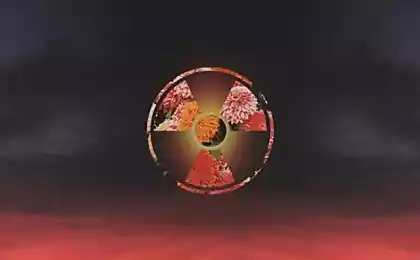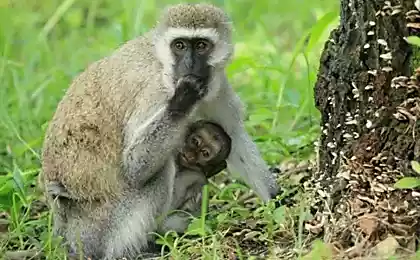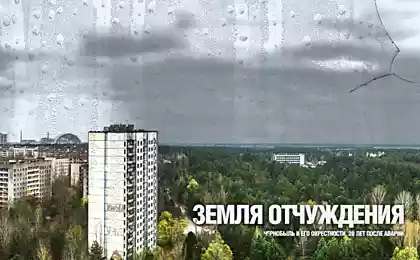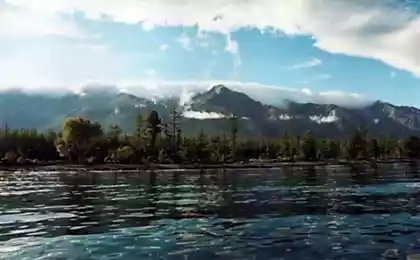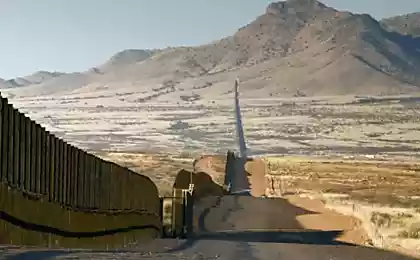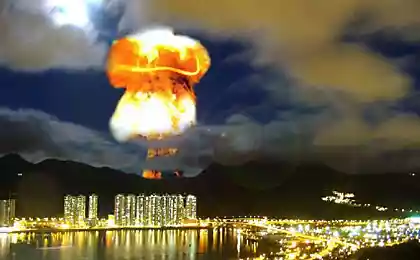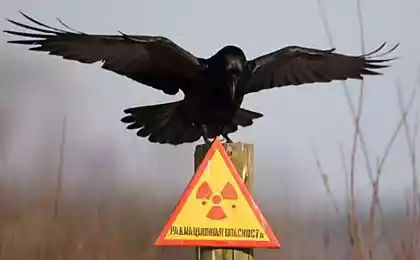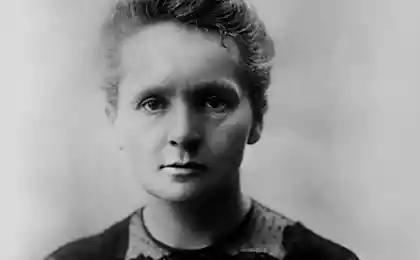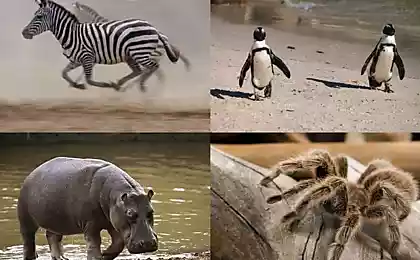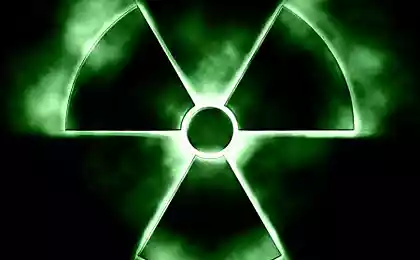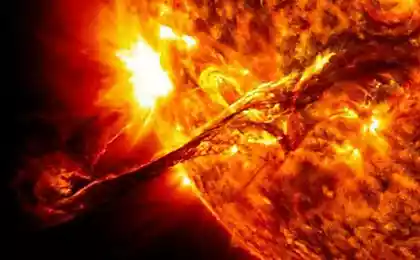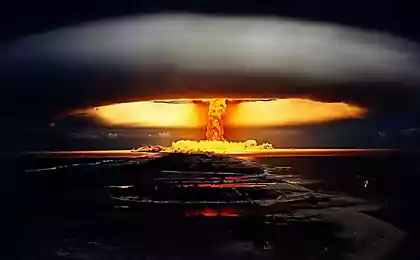1316
For wild man turned out to be worse than the radiation: Chernobyl is transformed into a natural reserve
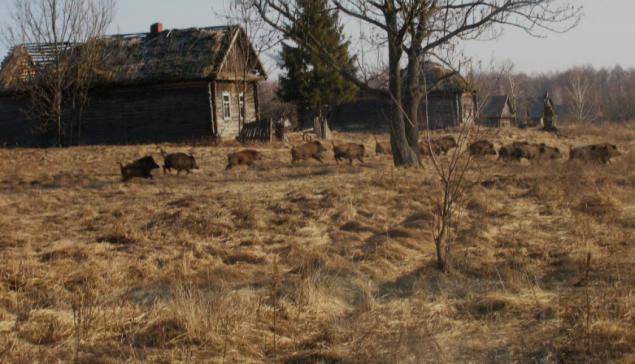
After the largest man-made disaster in the history of mankind, which occurred April 26, 1986 at the Chernobyl nuclear power plant, thousands of residents were forced to flee their homes. The whole region has become unsuitable for human life over the next few hundred years. But nature abhors a vacuum - after the exodus of man from the Chernobyl exclusion zone is a natural sanctuary for elk, deer, deer, wild boars, wolves and many other species of animals whose living space was captured by people.
This information was published October 5th magazine Current Biology, which again confirms the resistance of nature and its ability to adapt. Also, this information provides an important lesson, and an understanding of how the region will develop later man-made disasters, such as in the Japanese Fukushima.
"The number of wild animals in the Chernobyl zone has increased significantly compared to the period before the accident", - says Jim Smith of the University of Portsmouth in the UK. "We are not saying that radiation has a positive effect on wildlife, no, but there is the fact that human action in the face of agriculture and forestry, housing, etc., have more negative consequences."
Conducted immediately after the accident investigation on an area of 4200 square kilometers in the Chernobyl exclusion zone showed once apparent decline in wildlife populations. New same data collected over many years, census and animals say that the population of mammals made a kind of "rebound" and significantly increased.

The population of elk, roe deer, red deer and wild boar in the exclusion zone is similar to the livestock in the other four are not contaminated by radiation reserves in the region, and wolves, all seven times more. Studies have shown a tendency to increase the population of mammals in the period of 86 96th years. Fall wild boar population in this period was not connected with radiation - reason was the outbreak of infection.
"These results show that for the three decades of Chernobyl zone could become home to a large number of mammals, even with regular exposure" - sums up the researchers.
"I have been studying and photographing wildlife in the Chernobyl zone of the last twenty years, and I am very pleased that our work has been appreciated by the international scientific audience" - shared Tatiana Deryabina of Polesye State radioecological reserve in Belarus. "These data are unique. They illustrate the stability of the population of wild animals if they are freed from the pressure of human activity, "- said co-author Jim Beasley.

But not all so rosy, as described by scientists. Man still intervene in the process in the Chernobyl zone. Seriously "mow" the poachers prey populations, and has considerable influence and a huge population of wolves, which is a protected reserve governed by man. But if the predator population always depends on the amount of game, the intervention of the poachers in the processes occurring in the Chernobyl zone, no offset.
via Science Daily
Source: geektimes.ru/post/263546/
